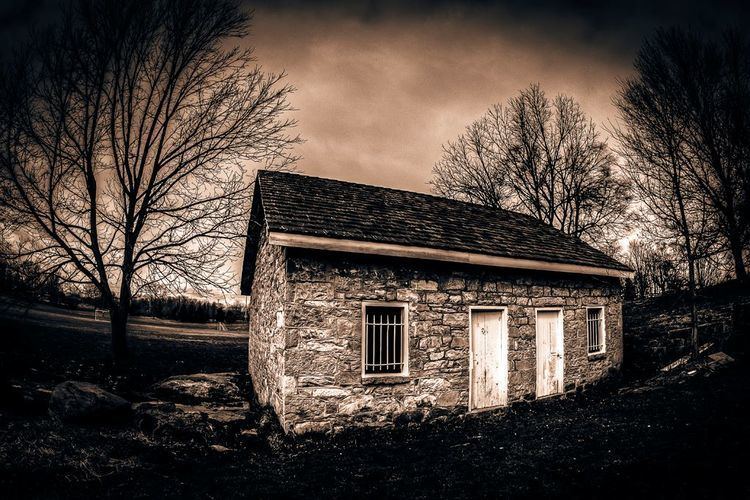Built 1775 Opened 1775 Phone +1 304-728-3207 | NRHP Reference # 99000286 Area 81 ha Added to NRHP 19 March 1999 | |
 | ||
Architectural style Georgian, Greek Revival Address Kearneysville Pike, Shepherdstown, WV 25443, USA Hours Closed now Saturday7AM–7PMSunday7AM–7PMMonday7AM–7PMTuesday7AM–7PMWednesday7AM–7PMThursday7AM–7PMFriday7AM–7PM Similar Morgan‑Bedinger‑Dandridge House, Sam Michael's Park, Shepherdstown Opera House, Rumsey Hall, Jefferson County Parks & R | ||
Morgan s grove black sweet rhythm of the mix
Morgan's Grove is a rural historic district near Shepherdstown, West Virginia. The area is noted for its abundant springs. Several historic houses and farms are in the district, including:
Contents
- Morgan s grove black sweet rhythm of the mix
- Keep morgan s grove park green
- 18th century
- 19th century
- References
Keep morgan s grove park green
18th century
Richard Morgan (ca. 1700-1763) bought lands in 1730 that included much of present-day Shepherdstown. In 1734 he received one of the first grants of 500 acres (2.0 km2) from Lord Fairfax, selling some land to Thomas Shepherd, who founded Shepherdstown. During the French and Indian Wars, Morgan was active in raising troops from the area.
During the American Revolutionary War, local men began drilling in Shepherdstown, and two companies of riflemen were organized in July 1775 at the request of the Continental Congress. By this time, William Morgan was a colonel in the Continental Army, and, under Morgan's command, the troops began the Bee-Line March on July 17, 1775, marching from Morgan's Grove to Boston in 24 days, covering 600 miles (970 km). The troops joined George Washington's forces on August 11, 1775, and were the first units from the South to join the fight.
19th century
During the Civil War a number of Confederate and Federal units camped in the area, including General John B. Gordon and General George Armstrong Custer in the Valley Campaigns of 1864. About this time, Fountain Rock, which was then owned by Confederate Colonel Alexander Boteler, was burned by Federal troops under General David Hunter.
By the late 19th century the area was used as a fairground, with its own siding off the Shenandoah Valley Railroad. The Fountain Rock property was purchased by the Morgan's Grove Agricultural Association in 1889. In 1900 William Jennings Bryan, then candidate for President, gave a speech to a crowd estimated at 15,000. Fairs were held until 1931, when the land was sold and the structures were torn down.
A portion of the site is now a county park.
